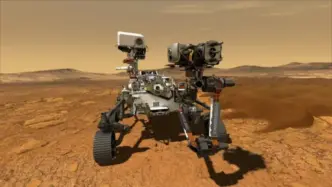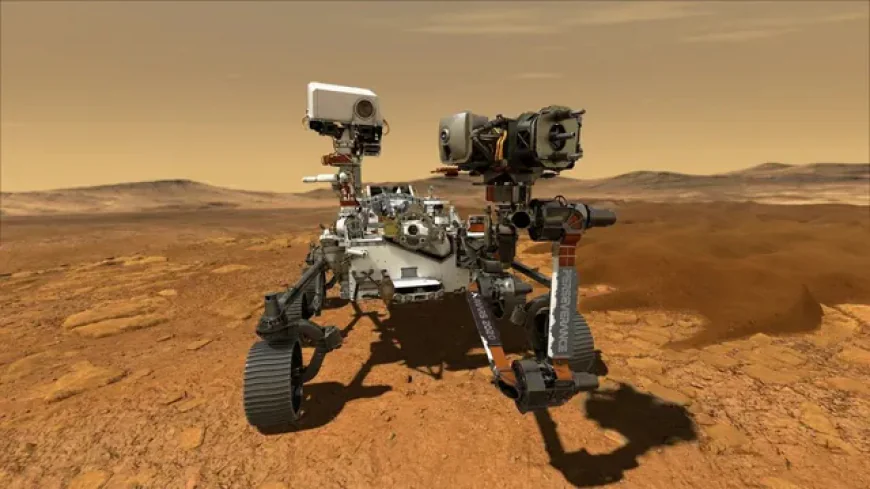For the first time, a NASA rover has recorded lightning on Mars, capturing the faint “zaps” generated by the planet’s constant dust storms.
Scientists have long speculated about electrical discharges on Mars, but proof remained elusive—until now.
The Perseverance rover, which has been exploring the Red Planet since 2021, inadvertently recorded the sounds of these discharges, according to a study published in Nature this week.
The lightning is not the dramatic, kilometre-long bolts seen on Earth. Instead, they are tiny arcs of static electricity, comparable to the mild shock you feel when touching a car door in dry weather, explained Baptiste Chide of France’s CNRS research centre, the study’s lead author.
These micro-discharges occur constantly across Mars. Dust grains collide, build up electrical charges, and release energy in arcs just centimetres—or even millimetres—long, producing audible shocks.

While Earth’s dust storms can generate electric fields, they rarely produce visible discharges.
On Mars, however, the planet’s thin atmosphere and composition mean less charge is needed to spark an electrical arc.
Scientists had long theorised such phenomena, even designing instruments for the European Space Agency’s Schiaparelli lander in 2016, which ultimately crashed during landing.
Perseverance’s SuperCam microphone captured the signals “by chance,” reigniting interest in Martian electrical activity.
Daniel Mitchard, a lightning expert at Cardiff University not involved in the study, described the findings as “persuasive evidence of dust-induced discharges,” though debate may continue since the discharges were only heard, not visually confirmed.
The discovery sheds light on Mars’ climate, which is heavily influenced by dust, similar to how water drives Earth’s weather cycles.
The micro-lightning could also contribute to the breakdown of organic molecules on the surface and explain the rapid disappearance of methane observed on the planet.
Looking ahead, the findings may influence the design of instruments for future Mars missions and even astronaut suits. Chide warned that long-term exposure to these discharges could pose a risk to humans visiting the Red Planet.


 Trending
Trending 





